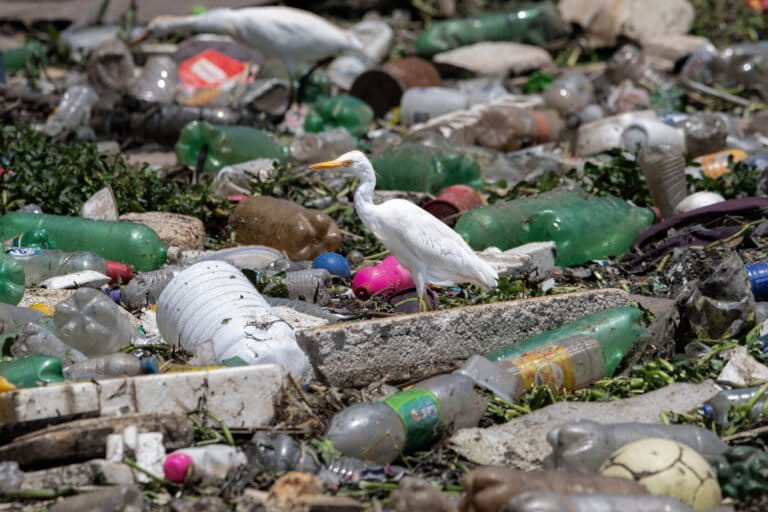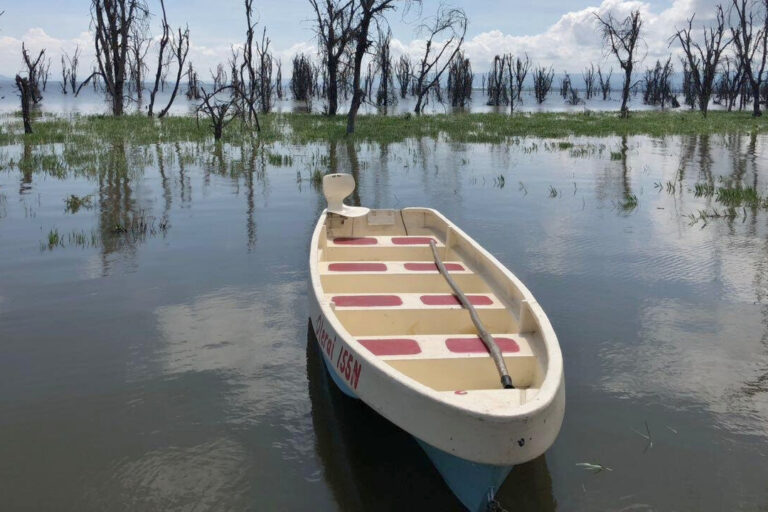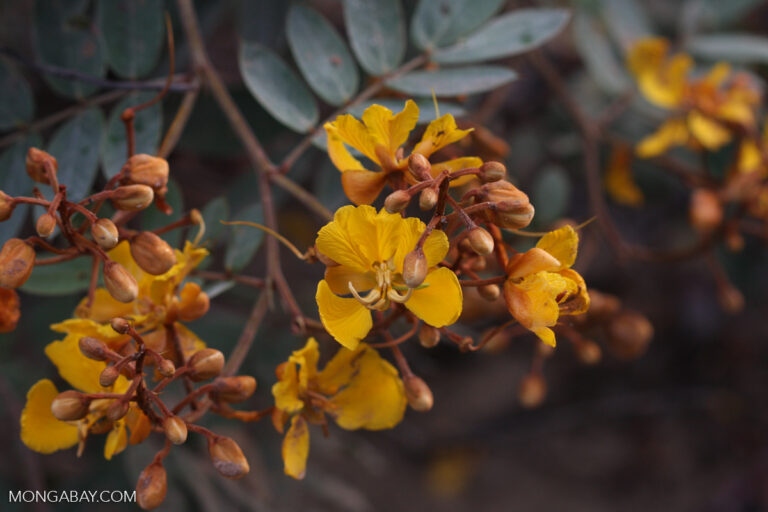Researchers in Thailand have used an unexpected source to study plastic pollution in terrestrial wildlife—roadkill.
Most studies investigating the impacts of plastic on wildlife have focused on oceans; upwards of 12 million metric tons of plastic enter the oceans from land each year. However, a recent study published in PeerJ shifts attention to how microplastics impact animals on land.
Scientists from the Kasetsart University in Bangkok spent 18 months slowly driving motorcycles through Kanchanaburi province in western Thailand looking for carcasses. They collected 136 individuals from 48 species, including snakes, birds, tadpoles, mammals, and amphibians. Tadpoles were gathered from nearby waterways, while the other animals were collected as roadkill.
The study found microplastics in over 60% of all specimens. The most common type of microplastic in the carcasses was plastic fibers, like those from clothing, making up over three-quarters of the samples. Most of these fibers were blue.
Kanchanaburi Province, with a population of more than 600,000 people, is home to six national parks and two wildlife sanctuaries. Researchers aimed to compare the levels of microplastics found in wildlife within these protected areas versus those outside them.
“Without the research in protected areas, the areas set aside for biodiversity conservation, we don’t know how the plastic pollution could now be a new concern that may require active management,” lead researcher Jiraporn Teampanpong told Mongabay in an email.
As the researchers expected, the study found more microplastics in animals collected from outside protected areas (61.5%) than inside (38.5%). In fact, their analysis showed that factors like proximity to human settlements, garbage dumps, roads, and farms contribute to accumulation of microplastics. That could explain why unprotected areas had higher contamination levels, the authors write. In protected areas, microplastics can enter through rainfall runoff or be brought in by tourists in their packaging, shoes, and clothing, the study notes.
The health impacts of ingesting microplastics have been well studied in humans and aquatic species but it is less well understood for land animals. Scientists have previously found that microplastics are associated with elevated risk for cardiovascular events, neurobehavioral changes, gastrointestinal damage, weight loss, and even starvation if animals consume too much plastic and not enough food. Additionally, plastics and their chemicals can bioaccumulate up the food chain, posing significant risks to predators.
In this study, levels of microplastics were highest in snakes, including the endangered kanburi pit viper (Trimeresurus kanburiensis) and the vulnerable king cobra (Ophiophagus hannah).
So, roadkill snakes could serve as a non-invasive method to monitor microplastic pollution in the environment, the researchers suggest, potentially making serpents the new sentinels in the struggle against microplastics on land.














